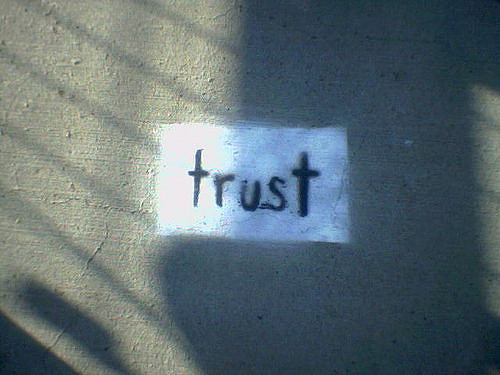
How might consumers assess accuracy?
This election season has brought a renewed focus on the problem of fake news on the internet.
In a recent article titled “The Plague of Fake News Is Getting Worse—Here’s How to Protect Yourself,” CNN Money detailed three distinct types of websites that “traffic in misinformation”: “1) Hoax sites with totally made-up headlines that try to trick you; 2) Hyperpartisan sites that aren’t lying, per se, but are misleading, because they only share good news about your political party and bad news about the other party; 3) ‘Hybrids’ that purposely mix a little bit of fact and then a lot of fiction.”
Buzzfeed reported on “the economic incentives behind producing misinformation specifically for the wealthiest advertising markets and specifically for Facebook, the world’s largest social network, as well as within online advertising networks such as Google AdSense” (it turns out that some teenagers in Macedonia have been making significant amounts of money by generating fake pro-Trump stories).
And a New York Times article by technology reporter Farhad Manjoo, “How the Internet Is Loosening Our Grip on the Truth,” quotes Washington Post reporter Caitlin Dewey who points out that “Where hoaxes before were shared by your great-aunt who didn’t understand the internet, the misinformation that circulates online is now being reinforced by political campaigns, by political candidates, or by amorphous groups of tweeters working around the campaigns.”
Of course, your great-aunt and all the rest of us still play a big part in that reinforcement, especially via social media, by propagating stories without checking their accuracy. It’s just too easy to be shocked and share. So how can we counter such reinforcement?
At the Markkula Center for Applied Ethics, a group of folks who have been addressing for years issues related to digital journalism are working to ameliorate the state of online news through The Trust Project. The Trust Project is a collaborative effort involving major news organizations such as the Washington Post, the New York Times, La Stampa, BBC, the Financial Times, Toronto Globe & Mail, Vox.com and more, with the support of news distribution platforms such as Google and Twitter. Members envision “technology that can bake the evidence of trustworthy reporting… plainly into news practices, tools and platforms” through a system of signals of trustworthiness. Reliable, trustworthy news sources will integrate such signals, algorithms will easily recognize them, and Internet users will need to learn how to read and interpret those signals.
In the meantime, in a Tweet responding to the CNN Money article, Alex Howard (senior analyst at the Sunlight Foundation) suggested two resources that all of us can use now: first, the website Snopes.com, whose mission is to fact-check wide-spread rumors and misinformation online; and, second, The Verification Handbook. While the latter is primarily intended to serve journalists and aid providers, its authors hope that its advice will also help the rest of us “sift through and verify the mass of reports being shared and published.”
Googling a story before sharing it also helps: often, the coverage debunking or critiquing a fake or misleading story will pop up in the search results as well.
The election season is over, but the results of the election itself are bound to be accompanied by a slew of new fake news. Given the power of social networking, unless we take immediate measures, we risk becoming cogs in the misinformation machine—playing a part in undermining truth and trust.
Photo by purplejavatroll, used wihout modification under a Creative Commons license.
